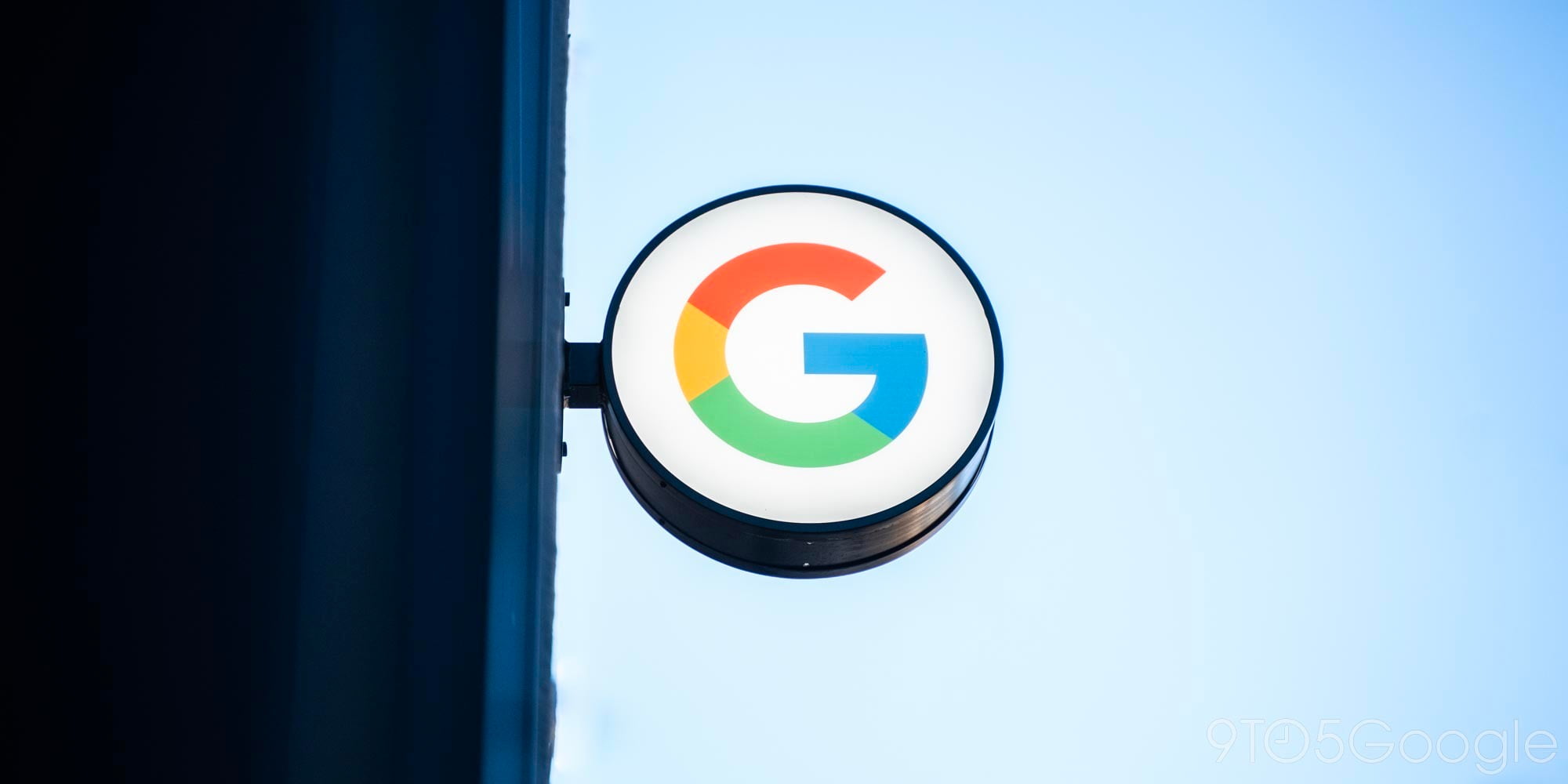

Android N is on its way, and as each new Developer Preview is released, we get a clearer picture of what Google has in mind for its next (and future) versions of Android. One major, albeit fairly inconspicuous drive is one towards a mobile-based VR platform, but one that everyone can access. Within Android N, we finally see some actual evidence that — at its inner most core — going forward the smartphone platform is going to be built for Virtual Reality.
Along with all the other new features we found in Android N’s second Developer Preview, there are some references to virtual reality capabilities. As discovered by ArsTechnica, the latest beta OS suggests developers will be able to register apps as a “VR Helper” or “VR Listener”. These options are found in Settings>Apps. Hit the settings cog to access ‘Configure apps’ then hit Special Access>VR Helper Services. Here we find a screen that says “No installed apps have requested to be run as VR helper services”.
As you’d expect, this early into development, there are no apps with the required capabilities to feature on this list. Within the settings strings, according to Ars, there is also a permissions warning to go along with this menu, which states “[app name] will be able to run when you are using applications in virtual reality mode”. Clearly then, there are plans to have a ‘Virtual Reality Mode’ built-in to Android.
With the hints being a little vague, it’s hard to say with any concrete conviction what VR implementation in Android N will look like. But it shouldn’t take too much imagination to speculate…
We heard two months ago through a report from The Information that Google is working on Android VR, while we also uncovered evidence suggesting the company was working on ‘Cardboard++’; looking to pull together resources from Cardboard and Project Tango into one project. What’s more, a recent report suggested Google’s main focus is augmented reality, not VR, per se.
I think it’s the software angle that’s most interesting here. For the Gear VR to work (as an example), a bespoke app has to be downloaded, and apps and content can only be accessed through the Oculus store.
With the settings string and ‘VR Helper’ in Android N, it wouldn’t be too wild to speculate that apps could be downloaded from the Play Store (as normal), and that developers could potentially ‘just’ make their existing apps compatible with Android VR. At worst, Google could create a dedicated section of the Play Store for VR-only content. This universal access, plus the aforementioned cheap Cardboard headset, would make the world of VR gaming and content far easier to attain than it is currently.
And for hardware we do have a point of reference in the Samsung Galaxy series of smartphones… With a Galaxy S7, for example, you plug the device into the Gear VR headset using the MicroUSB port. The smartphone detects the headset as soon as it’s plugged in and within a few seconds, you’re inside the dedicated Oculus-powered VR home screen.
Presuming Google Cardboard (and the handset being used) were advanced enough and had the ability to detect each other, Android N could do something similar. Perhaps — like when Android Auto detects a car media system — Android’s VR UI will come to the fore when it detects an enhanced Cardboard headset.
With the rise of Type C devices, particularly within the Nexus lineup, but with the huge ocean of MicroUSB phones already out there, the enhanced Cardboard will be detectable another way. Maybe through NFC, or maybe some clever algorithms combining information from the phone’s motion and light sensors. Maybe a combination of NFC, Bluetooth and light/motion sensors.
Regardless of what it looks like, it has to be easily available. Samsung, with the Gear VR, is clearly going for the high end market. Because it only works with the top-tier devices, it’s not easily attainable whereas Cardboard always has been.
With a high end Galaxy S phone and Gear VR headset, you’re spending hundreds of dollars to get VR. With more powerful kits like the Oculus Rift or HTC Vive, you’re doing the same, plus you need a powerful PC to run them. Even with the $399 PlayStation VR kit, you need to have the PS4 console to make use of it. With each of these solutions, you’re spending a minimum of $500+ to get the full experience.
With the Cardboard set plus a mid-range smartphone running Android N, plus universal VR-equipped apps from the Play Store, there’s real potential to get VR into people’s hands for less than half the current cost. It may not be as thrilling, or as high-end, but it democratizes the VR experience, and that can only be a good thing.
FTC: We use income earning auto affiliate links. More.




Comments